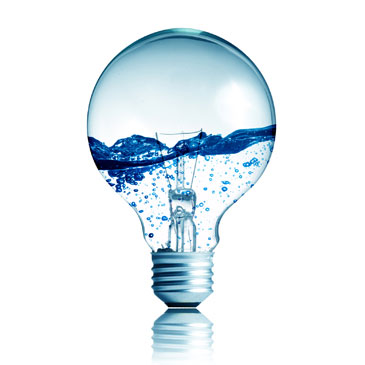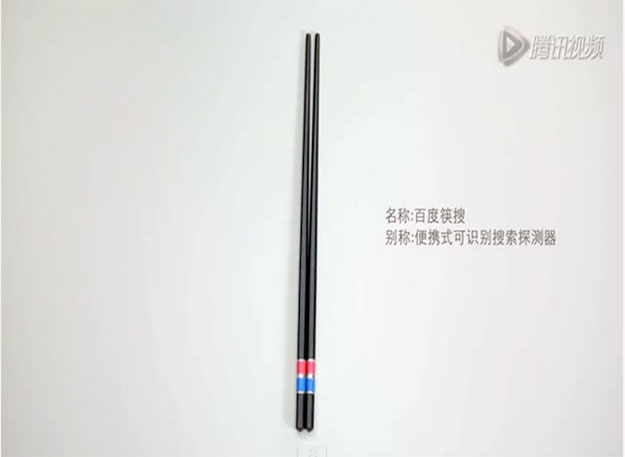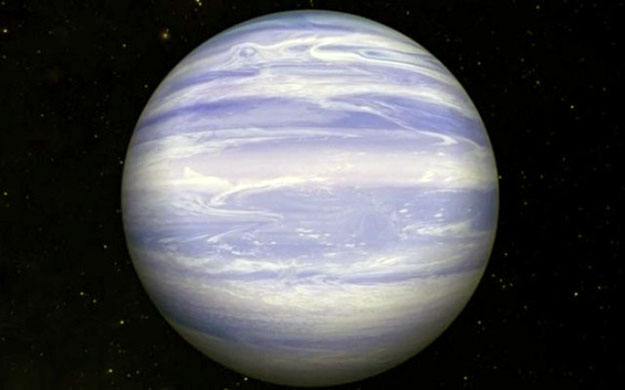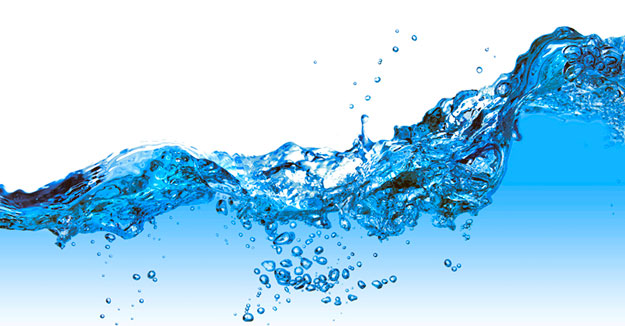Water and energy are intricately connected. Producing energy uses and pollutes large amounts of water. Likewise, providing and using water requires large amounts of energy.
 Throughout the 20th century, the connections between water and energy were largely ignored. Water systems were designed and constructed with the assumption that energy would be cheap and abundant. Likewise, energy systems were developed with the assumption that water would be cheap and abundant. And while some have long argued that we would reach peak energy and more recently, peak water, assumptions about abundance were the status quo.
Throughout the 20th century, the connections between water and energy were largely ignored. Water systems were designed and constructed with the assumption that energy would be cheap and abundant. Likewise, energy systems were developed with the assumption that water would be cheap and abundant. And while some have long argued that we would reach peak energy and more recently, peak water, assumptions about abundance were the status quo.
The era of abundance is coming to an end and is being replaced by the era of limits. Conflicts between energy production and water availability are on the rise, even in areas not traditionally associated with water-supply constraints. Additionally, rising energy costs and concerns about greenhouse gas emissions are forcing some water managers to seek ways optimize the energy efficiency of their water systems and reduce overall water use. Read more











